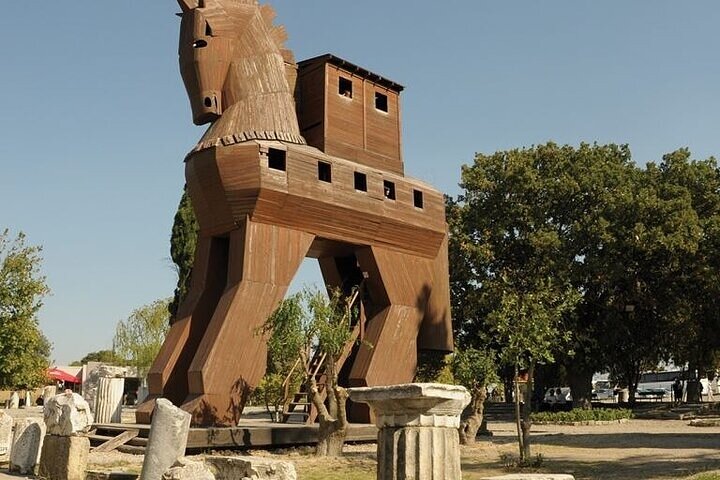Gallipoli’s Echoes: A Historian’s Journey Through Time
As a former professor of European history, the Gallipoli Campaign has always intrigued me. When I heard about the opportunity to explore the Southern and Northern Battlefields of Gallipoli, I knew I had to experience it firsthand. Join me as I recount a day filled with history, reflection, and unexpected inspiration.
Crossing the Dardanelles: A Journey into History
As a former university professor of European history, I have always been drawn to the stories that shaped our world. The Gallipoli Campaign, a pivotal moment in World War I, has long fascinated me, and the opportunity to explore the Southern and Northern Battlefields of Gallipoli was irresistible. My wife and I embarked on this journey from Çanakkale, a city steeped in history itself, and took a short ferry ride across the Dardanelles, transitioning from Asia to Europe. This crossing was not just a geographical shift but a step back in time.
Our guide, Charlie, was a treasure trove of knowledge, fluent in English and rich in anecdotes that brought the past to life. As we arrived at Gallipoli National Park, the Helles sector unfolded before us. This was the main focus of the Allied landings on April 25, 1915, and the site of intense battles until August of that year. Walking through the Namazgah Battery and Rumeli Mecidiye Battery, I could almost hear the echoes of the past, the clash of empires, and the bravery of soldiers from both sides.
The cemeteries and memorials, such as the Helles Memorial and Lancashire Landing Cemetery, were poignant reminders of the sacrifices made. Each grave told a story, and Charlie’s insights into Turkish life and culture added layers of understanding to the historical narrative. My wife, initially indifferent to military history, found herself captivated by the human stories behind the statistics, inspired to explore more battlefields in the future.
The Anzac Sector: A Tapestry of Courage
After a reflective morning, we paused for a lunch break, savoring local delicacies that offered a taste of Turkish hospitality. The afternoon took us to the Anzac sector, a name synonymous with courage and sacrifice. Anzac Cove, with its serene beauty, belied the horrors that unfolded there over a century ago. The Anzac Commemorative Site and Ariburnu Cemetery were solemn places of remembrance, where the past felt palpably present.
The Sphinx, a natural rock formation, stood as a silent witness to the events of 1915. As we walked through the tunnels and trenches of Johnston’s Jolly, I was struck by the ingenuity and resilience of the soldiers who fought here. The Lone Pine Australian Memorial and Chunuk Bair New Zealand Memorial were powerful tributes to the men who gave their lives, and Charlie’s narratives enriched our understanding of the strategic importance of these sites.
This part of the tour was not just about military maneuvers but also about the camaraderie and shared humanity that emerged amidst the chaos of war. My wife and I found ourselves deeply moved, our perspectives broadened by the stories of bravery and sacrifice.
Reflections on a Day Well Spent
As the day drew to a close, we returned to Çanakkale, our hearts full of memories and newfound insights. The ferry ride back was a time for reflection, the waters of the Dardanelles shimmering in the fading light. This tour was indeed the most expensive option, but it was worth every penny. The depth of knowledge and the personal touch provided by Charlie made it an unforgettable experience.
For those who, like me, have a passion for history, the Gallipoli Tour offers a unique opportunity to walk in the footsteps of those who shaped our world. Even my wife, who had no prior interest in military history, found the day rewarding and is now inspired to explore more historical sites. This journey was not just about the past but also about understanding the present, a reminder of the enduring impact of history on our lives today.


















































